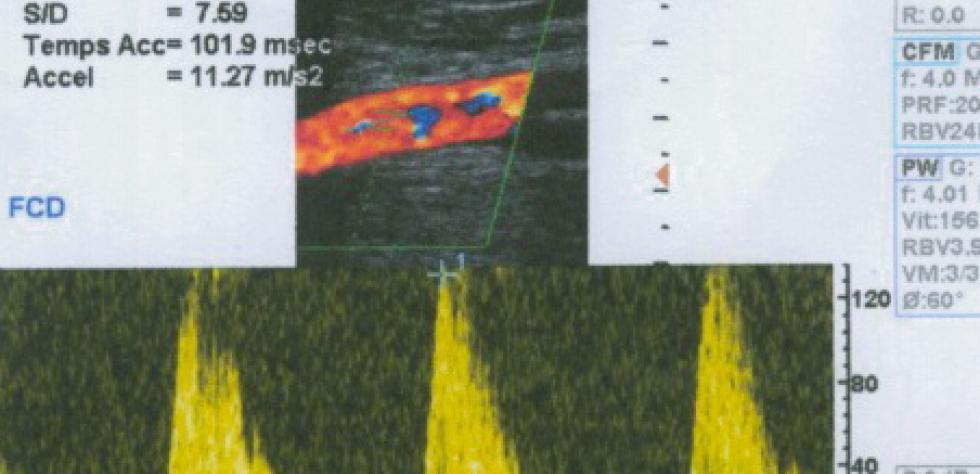[1] Bichat M-F-X, 1800, Le traité des membranes en général, Richard, Caille et Ravier, Paris.
[2] Bisson JF, Menut C and d’Alessio P 2008. Anti-Inflammatory Senescence Actives 5203-L Molecule to Promote Healthy Aging and Prolongation of Lifespan. REJUVENATION RESEARCH © Mary Ann Liebert, Inc.11:2 in press, doi: 10.1089/rej.2008.0667
[3] Bois D, 1984, Concepts fondamentaux de fasciathérapie et de pulsologie profonde, Maloine, Paris
[4] Chandola T, Britton A, Brunner E, Hemingway H, Malik M, Kumari M, Badrick E, Kivimaki M, Marmot M 2008. Work stress and coronary heart disease: what are the mechanisms? Eur Heart J. [Epub ahead of print]
[5] d’Alessio P, 2004. Aging and the endothelium, J. Exp. Gerontology (2004) 39 (2): 165-171.
[6] d’Alessio P, 2005a. Alerte du Corps In: L’alerte du Corps UNESCO, pp 5-25.
[7] d’Alessio P, 2005b. Cellular stress and aging, Nouvelle Revue d’Aromathérapie, Springer
[8] d’Alessio P, 2005c. Evolution morpholoqique des cellules, In: The Architecture of Life, from Plato to Tensegrity, Sciences et Techniques en Perspectives 9:37-53 Brepols, Bruxelles
[9] Esler M, Eikelis N, Schlaich M, Lambert G, Alvarenga M, Dawood T, Kaye D, Barton D, Pier C, Guo L, Brenchley C, Jennings G, Lambert E. 2008. Chronic mental stress is a cause of essential hypertension: presence of biological markers of stress. Clin Exp Pharmacol Physiol. 35(4):498-502.
[10] Nauli SM, Kawanabe Y, Kaminski JJ, Pearce WJ, Ingber DE, Zhou J 2008. Endothelial cilia are fluid shear sensors that regulate calcium signaling and nitric oxide production through polycystin-1. Circulation [Epub ahead of print]
[11] Sadeghi Zadeh M, Kolb J-P, Geromin D, D’Anna R, Boulmerka A, Marconi A, Dugas B, Marsac C and d'Alessio P 2000. Regulation of ICAM-1/CD54 expression on human endothelial cells by hydrogen peroxide involves inducible NO synthase. Journal of Leukocyte Biology, 67:327-334.
[12] Shibeshi WA, Young-Xu Y, Blatt CM 2007. Anxiety worsens prognosis in patients with coronary artery disease. J Am Coll Cardiol. 49(20):2021-7.
[13] Stephan JM 2007 Acupuncture, tissu conjonctif et mécanotransduction. article internet WWW.méridiens.org/acuMox/STEPHAN-MECANOTRANSDUC.htm p.2,3
[14] Quéré N, 2004, La pulsologie Méthode Danis Bois, Point d’Appui, Paris
[15] Quéré N, 2007, Pulsology in Fasciatherapy Danis Bois Method, DVD Point d’Appui, Paris





